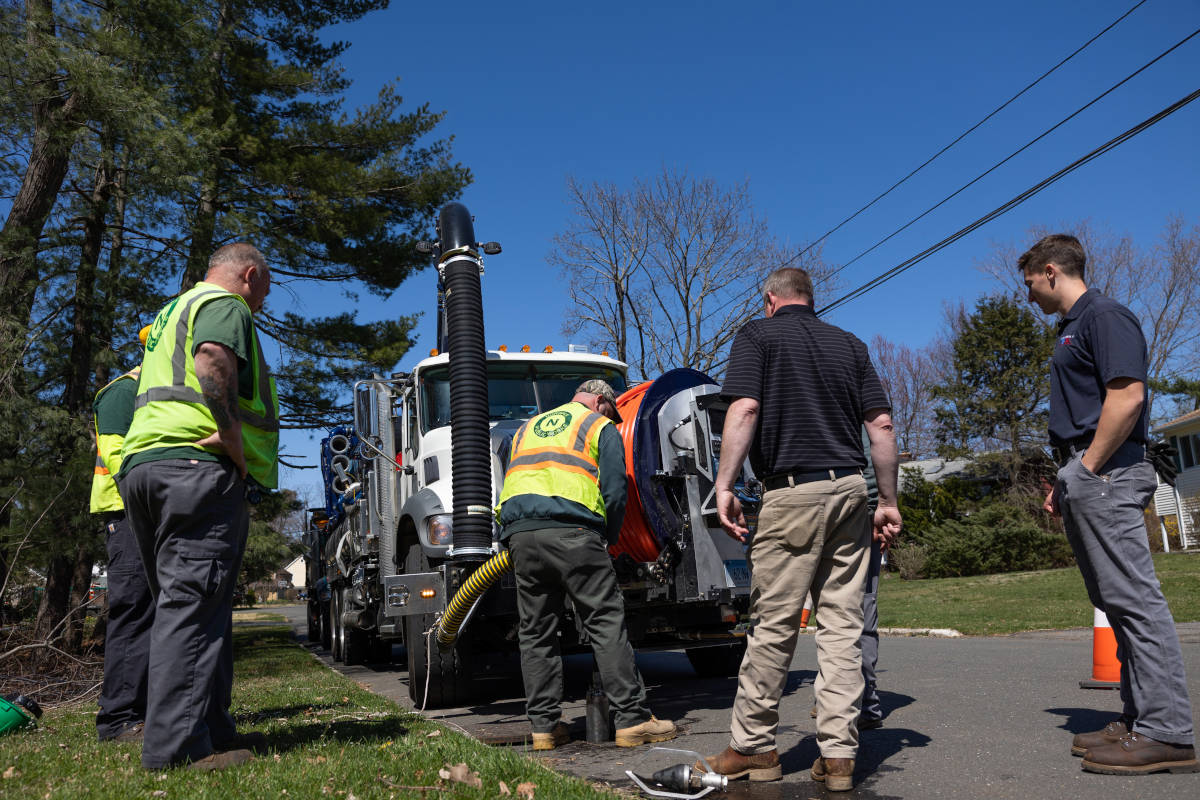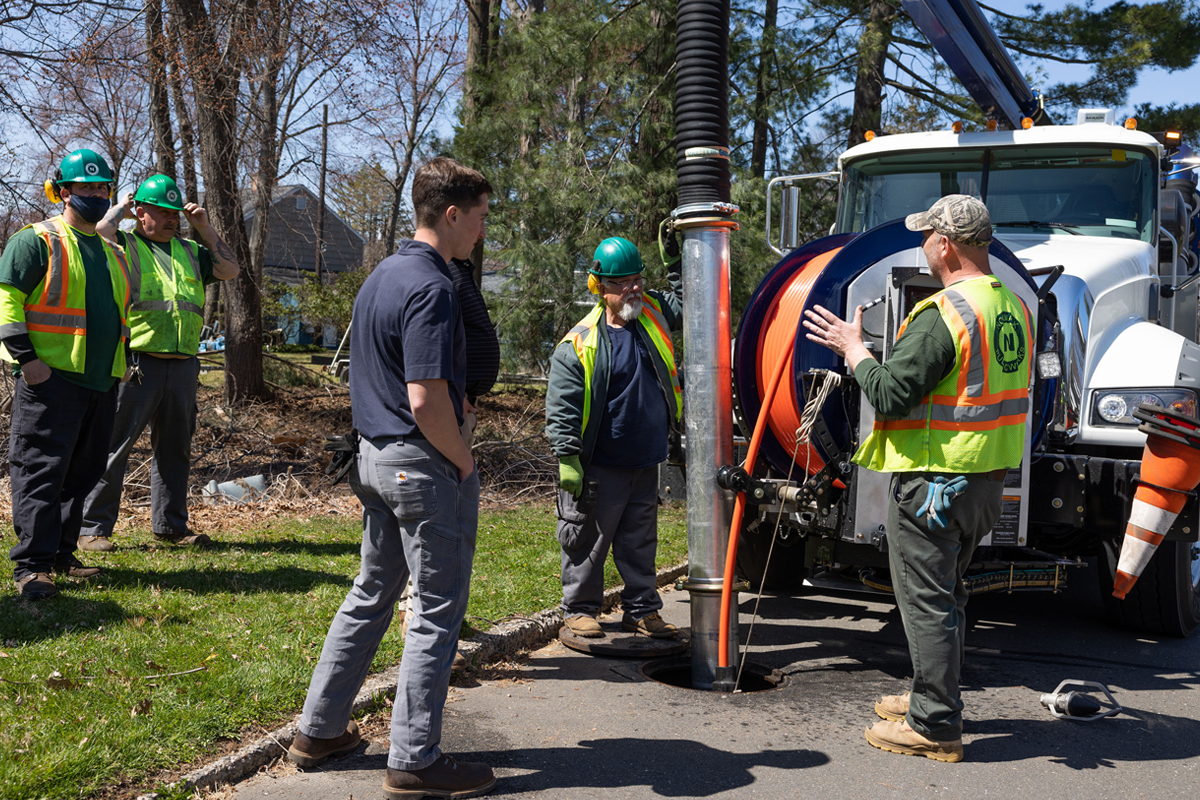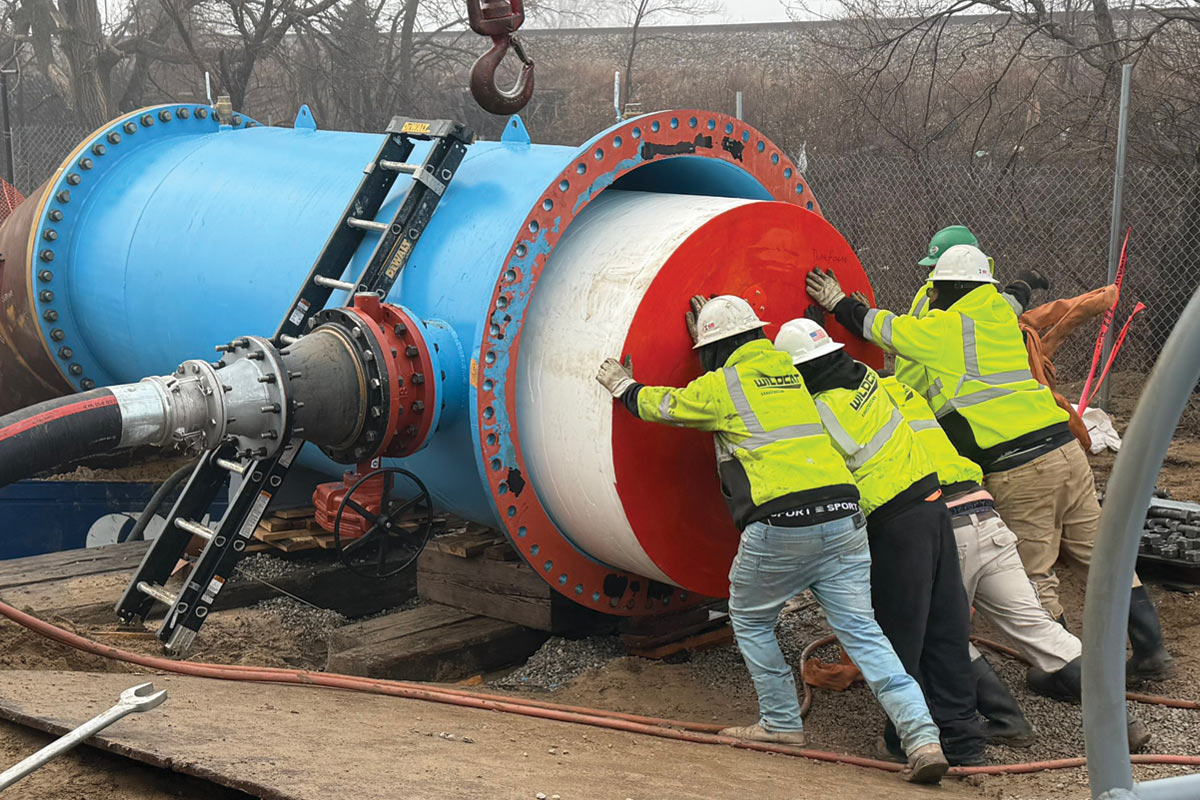Clean & Green
February 10, 2011
 In 2005, the Texas Commission on Environmental Quality amended its zoning in the region of San Antonio, Texas, known as the Edward Aquifer Recharge Zone (EARZ). These zoning changes would impact a number of areas that would now be designated as subject to regulation under the Edwards Aquifer Protection Program, a water pollution abatement program designed to reduce or eliminate pollution caused by but not limited to construction-related activity.
In 2005, the Texas Commission on Environmental Quality amended its zoning in the region of San Antonio, Texas, known as the Edward Aquifer Recharge Zone (EARZ). These zoning changes would impact a number of areas that would now be designated as subject to regulation under the Edwards Aquifer Protection Program, a water pollution abatement program designed to reduce or eliminate pollution caused by but not limited to construction-related activity.Activities such as construction of buildings, utility stations, roads, highways, railroads, clearing, excavation or any other activities that alter or disturb the topographic, geologic or existing recharge characteristics of a site that may pose a potential for contaminating the Edwards Aquifer and hydrologically connected surface streams, would now require specific applications and approval process.
With the change in the zoning and pollution abatement regulations, the San Antonio Water System (SAWS) realized a good portion of its existing GIS information would need to be updated and that the construction of the sanitary lines in developments recently built in this area could have an impact on the EARZ per the protection program.
Although SAWS has its own maintenance crews to perform routine PM CCTV and cleaning, to bring all of the GIS data up to date, as well as inspect and clean the assets in the rezoned areas, would require the help of outside contracting firms.
The scope of work for the project was broken into four packages, with a phased approach that encompassed 300,000 to 500,000 ft of small-diameter sanitary sewer pipe. All lines were to be CCTV-inspected, cleaned using high-pressure jetting, debris removed, associated manholes inspected and GPS coordinates gathered, including pipe length and location. A minimum daily quota of 1,150 ft was required by each contractor.
QPS LLC of Denver was awarded two of the four packages to be completed in 2010 and 2011.
QPS-Underground Infrastructure Specialists is a leading water and wastewater infrastructure contractor serving municipalities, water districts and general contractors throughout the western United States. QPS provides a full range of infrastructure services, including recurring inspection and maintenance programs; pipe and manhole repair; trenchless technologies; data/asset management and traditional infrastructure installation and replacement.
In the majority of the areas QPS was contracted to work, lines were constructed of PVC pipe that was installed during 2008 or later. During the cleaning and televising phase, they encountered a good deal of debris from the original construction of the subdivisions such as pavement, dirt and other aggregates. The debris was impeding a fully free-flowing system so in order to clear the lines, the crews used a 2100 Series Combination truck from Vactor Mfg. Pressures of 200 psi were required and a selection of cleaning tools and nozzles from Warthog that included diamond coring saws for cutting PVC protruding were used to achieve the full removal of debris and restore the lines to full optimal flow capacity.
Typical cleaning and maintenance practices used in older VCP or concrete pipe that need more frequent attention are usually not required with newer installations of PVC due to their higher flow coefficiency, as was found with this project, but there was not much that was typical with the cleaning requirements of this project.
Due to the special EARZ requirements and pollution abatement controls, “cleaning” required additional debris removal and QPS had to submit additional spill response requirements that included a black water restoration, bypass and accidental onsite spill response plans.
CCTV inspection was performed using a CUES Generation 3 CCTV camera system with survey data being collected and coded per NASSCO PACP standards via WinCan vs 8 software. GPS information was acquired by LI Smith Associates using GPS RTK methods and technology.
SAWS is progressive in terms of its data collection processes and sharing data across multiple platforms to create continuity throughout its departments. All inspection and GIS data collected by QPS was provided to SAWS using a new “green” method that eliminates the need for printing reports or burning CD/DVD media. Data was electronically transferred and mapped for the SAWS asset management and its GeoDatabase to a hard drive system for data upload using NASSCO PACP databases and various video file formats. This method of data delivery allowed QPS to achieve incredible efficiency and exceed its daily production quotas by three times.
Conclusion & Reaction
At the conclusion of the project, not only will SAWS have updated its asset management and GIS data and be in compliance with the new EARZ protection initiatives but it will also have enhanced its overall ability to maintain its assets and customer service through the power of information.
“SAWS is a great model for large metropolitan cities in its ability to manage assets and technology at the same time. SAWS seems to be ahead of the curve in those areas,” says QPS project manager Ray Murphey. Indeed SAWS has its priorities right, as it provides exceptional service to its clients and make sure of their ability to continue do so by maintaining their assets in an environmentally sensitive, sustainable and efficient manner.
Suzan Marie Chin is CMO and artistic director of Creative Raven, specialists in marketing and communications services for the underground infrastructure industry.




